Is It Safe to Feed Moist Hay to Horses?
- Posted by Clair Thunes, PhD

—Via e-mail
A.First of all, I’m amazed that we are barely in March and you already have a cutting of hay. Don’t tell those still buried under feet of snow and inches of rain!
You are right to be cautious if the hay feels damp. This could indicate it might still go through a fermentation process, during which time it should not be fed. Growing up in England where the conditions were often damp, it was generally understood that the current year’s hay put up in late spring should not be fed until the autumn. In hindsight this was based on anecdotal wisdom, but there was some truth to it due to the fermentation issue. However, the waiting period between cutting and feeding might only need to be a few weeks
Create a free account with TheHorse.com to view this content.
TheHorse.com is home to thousands of free articles about horse health care. In order to access some of our exclusive free content, you must be signed into TheHorse.com.
Start your free account today!
Already have an account?
and continue reading.

Written by:
Clair Thunes, PhD
Related Articles
Stay on top of the most recent Horse Health news with





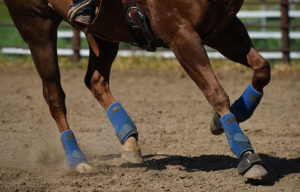
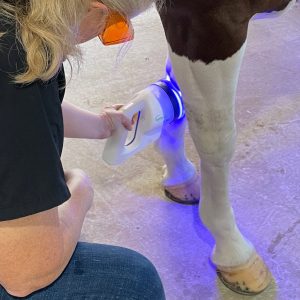
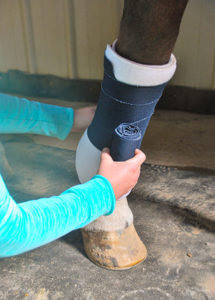
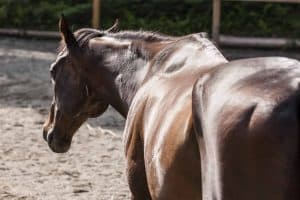


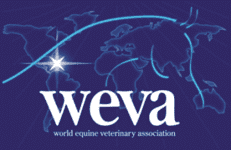




2 Responses
When storing hay with any noticeable or expected moisture level at all, we always spread salt on top of the bales as we stack them. It draws out the moisture from the center of the bales: eliminating the risk of mold, fermenting, and spontaneous combustion.
I always enjoy Clair’s articles as she does an excellent job, although occasionally I feel obligated to add my opinion. What is really important here is whether we are talking about internal or external moisture. Internal moisture or stem moisture is from the plants not being dried out completely and external moisture is from outside the plants typically dew or rain moisture. External moisture normally does not create heat, spontaneous combustion, or fermentation. Internal moisture does cause these issues. Therefore 15% or even 20% external moisture is likely safe but 12% stem (internal) moisture may not be. As hay dries internal moisture will likely produce fermentation although at lower levels it is likely tolerable for most horses. This fermentation process is commonly referred to as a sweat and can last 3-4 weeks. Moisture testers are less reliable at measuring stem moisture because it is internal. On top of that more moisture is tolerable in small bales than in big bales and meters will measure different in different hays. Most horse owners do not have the knowledge or experience to differentiate these fine points therefore I always recommend that hay be baled for a minimum of 30 days prior to feeding to horses. If a person is out of hay and needs to feed early, bust bales open a week or so ahead to encourage drying which stops the fermentation process if the environment is dry enough. Rodney Ferry, DVM.